The famous landmarks at risk of being RUINED forever
Before and after tourist attractions
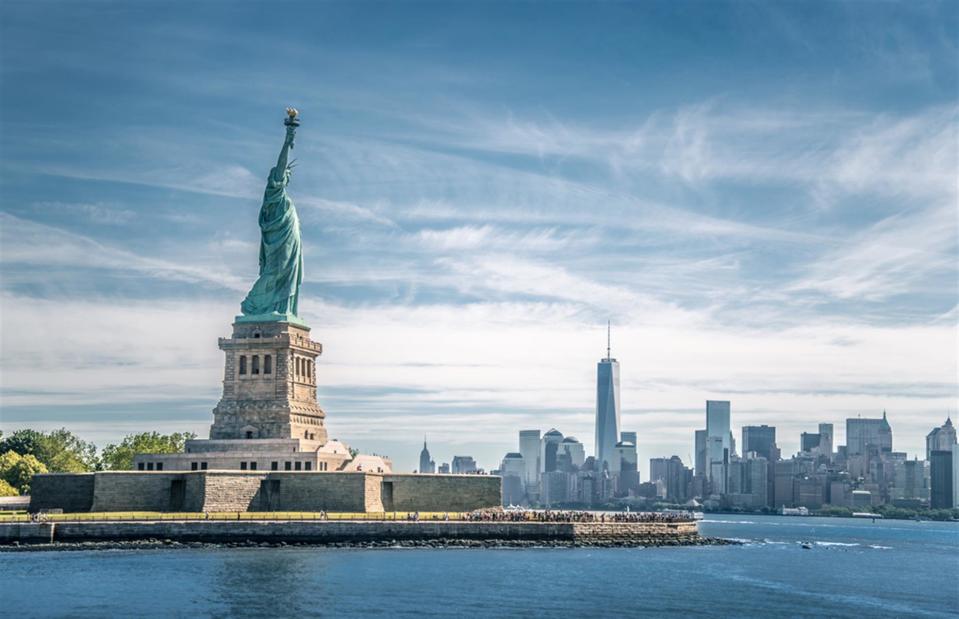
spyarm/Shutterstock
The world’s most famous landmarks are instantly recognisable but some of them are also changing rapidly. Whether it’s due to climate change, overtourism, erosion or simply wear and tear, the wonders of our world are under threat every day. Here are some of the most famous places around the world that are dramatically changing.
Taj Mahal, Agra, India
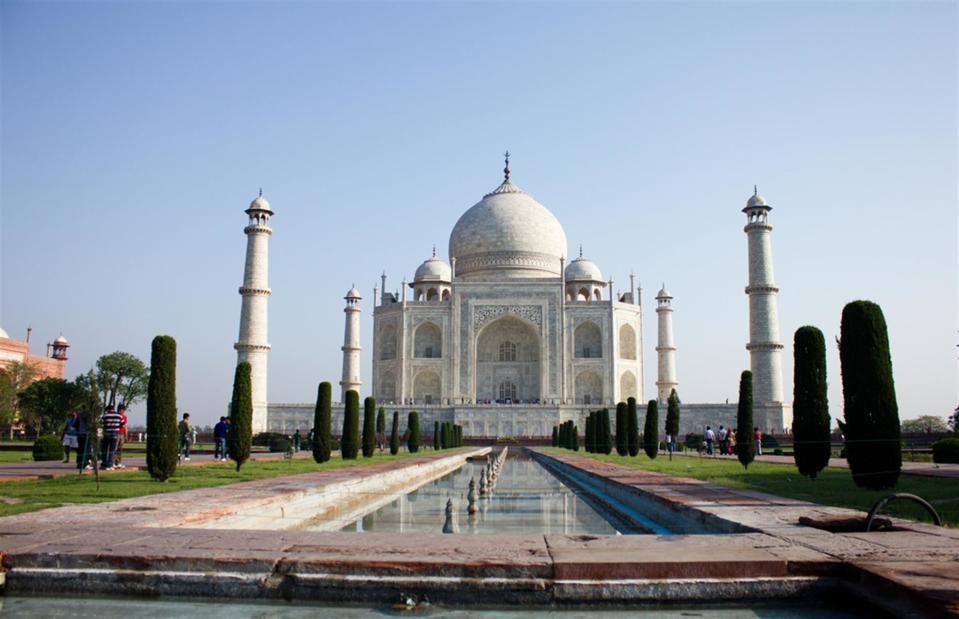
jajaladdawan/Shutterstock
India’s incredible Taj Mahal was built between 1631 and 1648, in memory of the Mughal emperor Shah Jahan's favorite wife. Once a vibrant white, it's now rather losing its shine thanks to a mixture of pollution and insect organic matter.
Taj Mahal, Agra, India
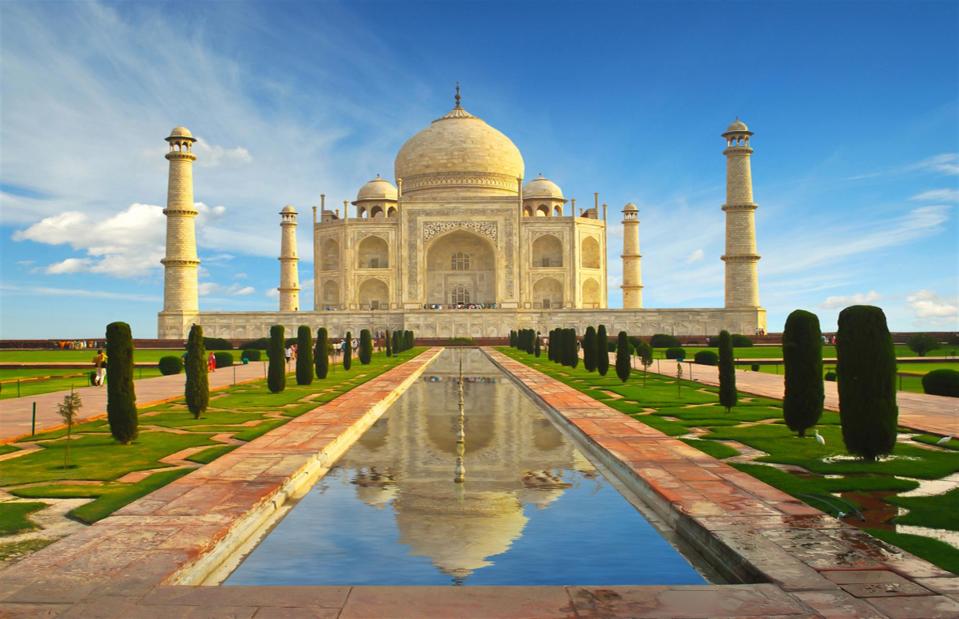
Waj/Shutterstock
Today, the majestic marble UNESCO-listed building is a rather unsightly brown and green colour. Despite a 4,015-square-mile (10,400sq km) area surrounding the Taj Mahal protecting it from pollution and the building having a mud bath in an attempt to clean it, the problem is actually worsening.
Azure Window, Gozo, Malta
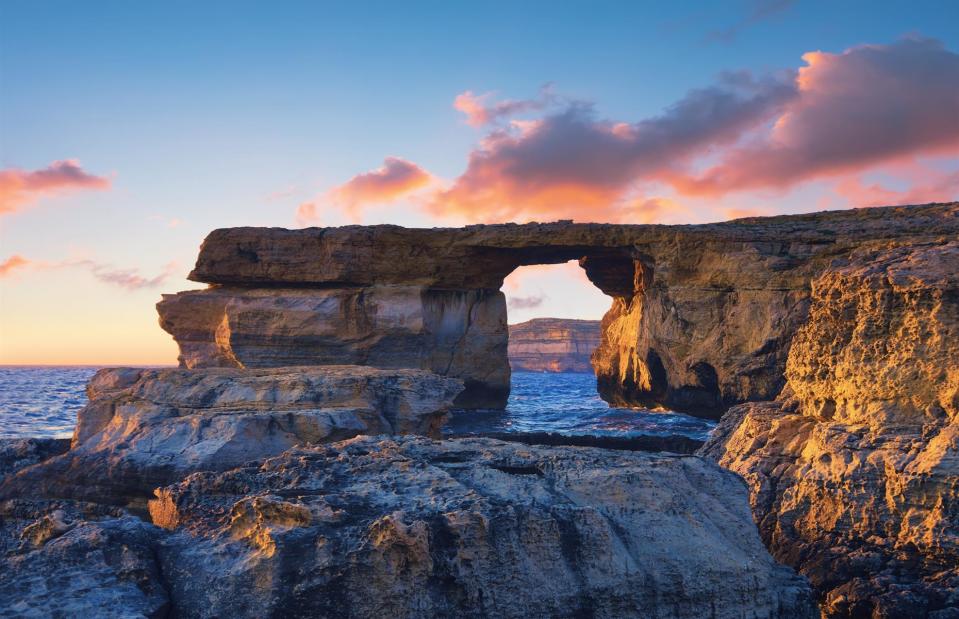
anyaivanova/Shutterstock
The Azure Window, a stunning limestone arch near Dwejra Bay on the island of Gozo, was shaped by years of natural coastal erosion. But Mother Nature was also its downfall – in 2017, the rock formation collapsed during a heavy storm. It was a huge draw for tourists visiting the island, especially at sunset.
Azure Window, Gozo, Malta
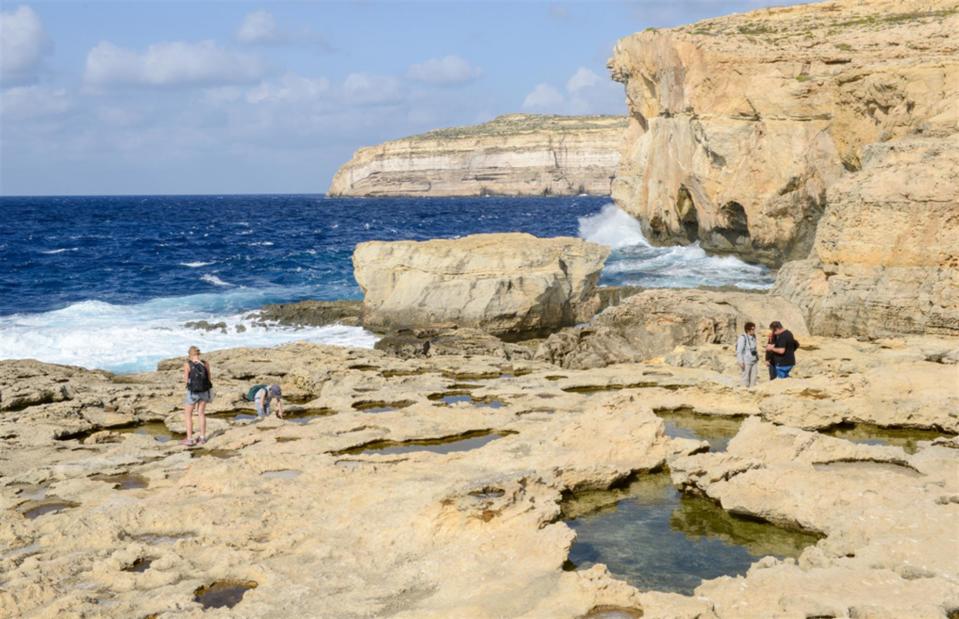
Stefano Ember/Shutterstock
Although the view isn't nearly as picturesque since its collapse, divers say that it’s the best thing to happen to the area. The huge brittle rocks have given them a whole new area to explore.
Legzira Beach, Morocco
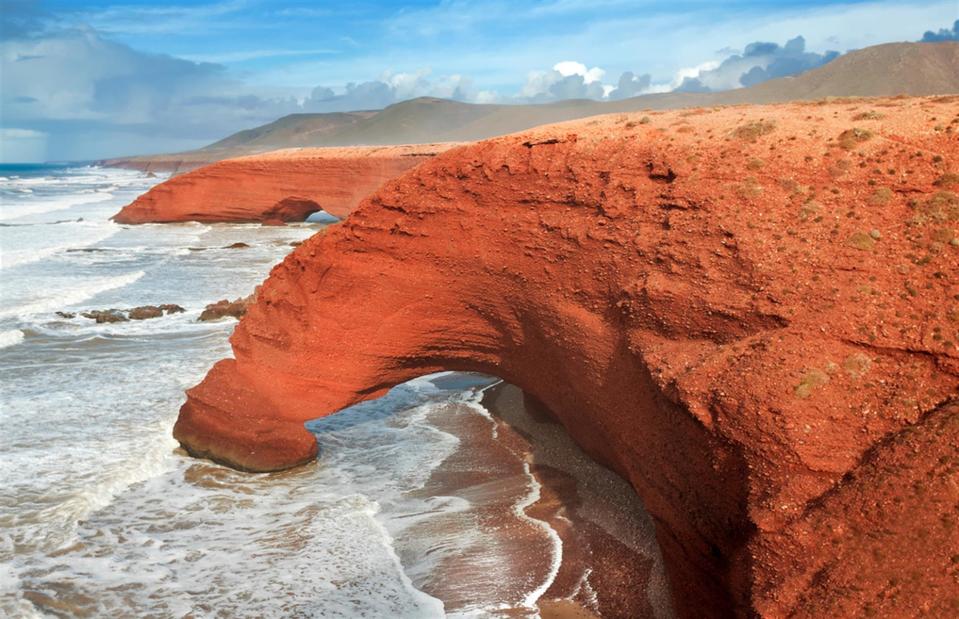
Migel/Shutterstock
The Azure Window isn’t the only arch to have collapsed in recent years. Legzira Beach in southern Morocco was home to two stunning arches until 2016 when one eroded and collapsed.
Legzira Beach, Morocco
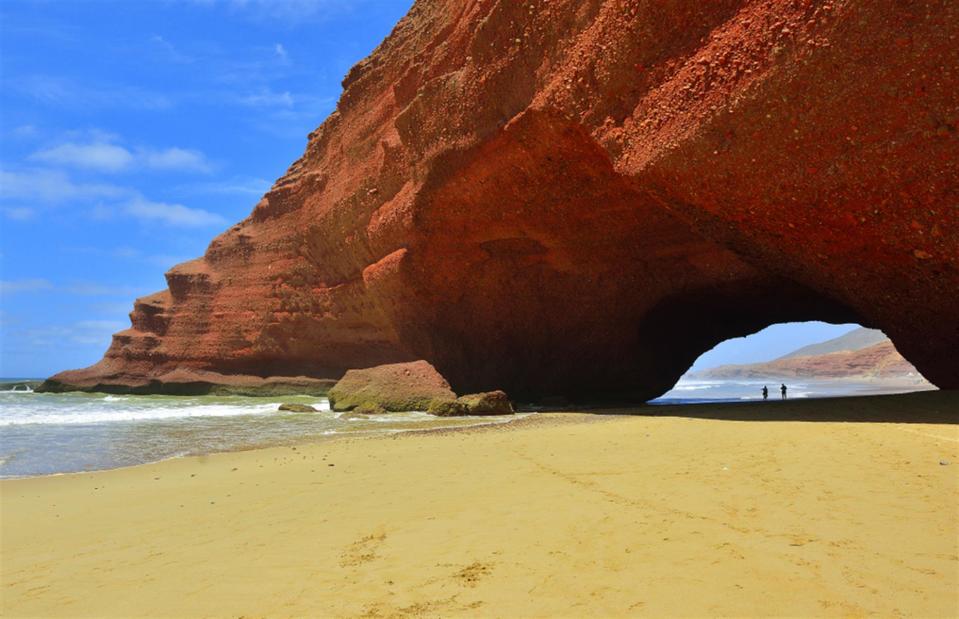
VicColon/Shutterstock
It’s highly likely that the second arch will suffer a similar fate, although you can currently still reach it in low tide.
Mount Kilimanjaro, Tanzania

Volodymyr Burdiak/Shutterstock
The snowy glaciers at the summit of Africa’s largest mountain are disappearing – one lost 16.4 feet (5m) in thickness between 2000 and 2009. Others are melting rapidly.
Mount Kilimanjaro, Tanzania
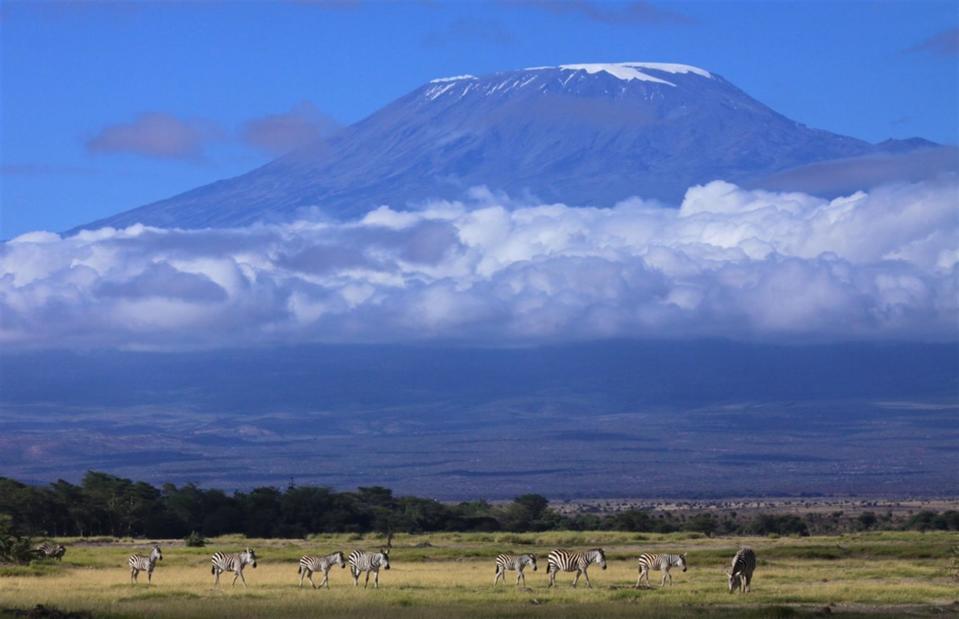
Graeme Shannon/Shutterstock
The changes could be to do with the increase in temperature in the Indian Ocean, altering the climate and winds around the mountain. Experts predict that Kilimanjaro's northern glaciers could completely disappear by 2030.
Glacier National Park, Montana, USA
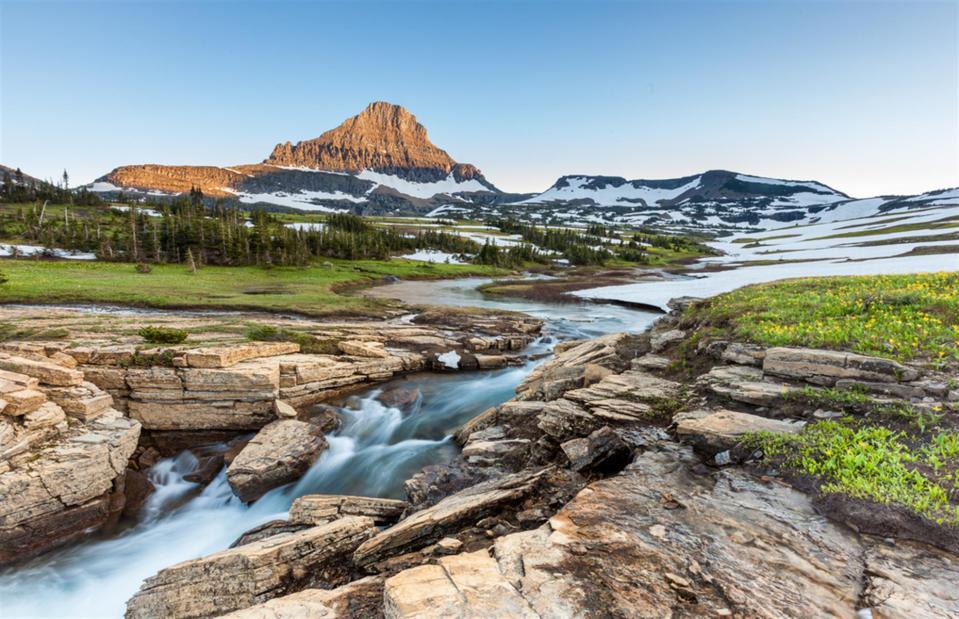
kan_khampanya/Shutterstock
If you go to a national park that’s famed for its glaciers, you’d be hoping to see some. But in Montana’s Glacier National Park, often called the Crown of the Continent, they’re melting. And at a serious rate.
Glacier National Park, Montana, USA
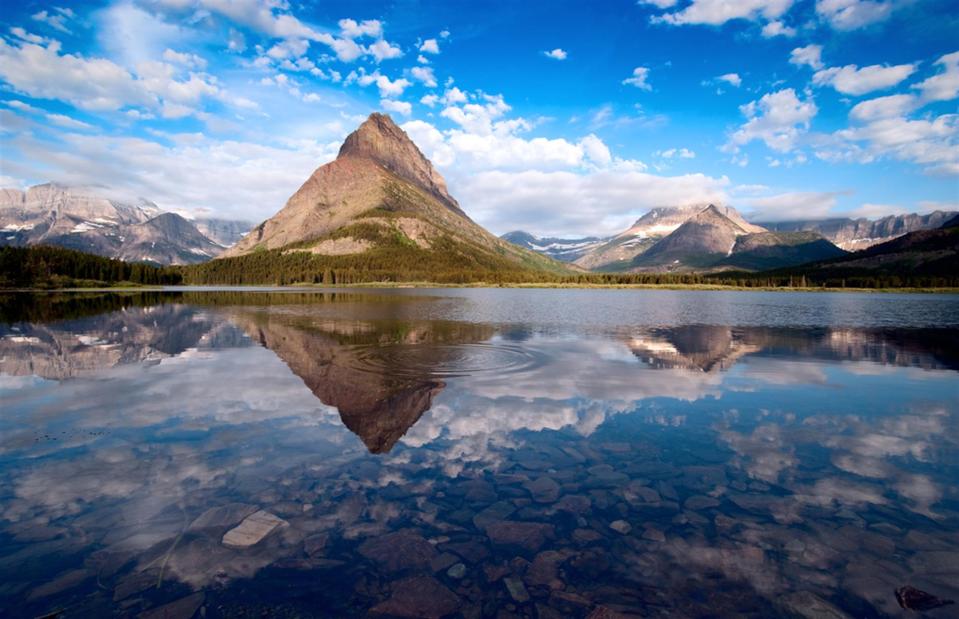
WellyWelly/Shutterstock
Some of the glaciers in the park have shrunk in size by 85% in the last 50 years. Glacier retreat is expected to continue and a model published in 2003 predicted that two of the park's largest glaciers will become inactive by 2030. This means deeper lakes will form when the ice melts and it'll have a huge impact on the rest of the park's ecosystem.
Greyfriars Bobby, Edinburgh, Scotland

JoffreyM/Shutterstock
In Edinburgh, Scotland, Greyfriars Bobby, the life-size statue of the terrier who supposedly guarded his owner's grave for 14 years, attracts visitors from all over the world. But it's to the detriment of the sculpture.
Greyfriars Bobby, Edinburgh, Scotland

alice-photo/Shutterstock
The frequent nose rubs from tourists take their toll on the statue and cause serious damage to the patina. It costs hundreds of dollars to repair so in a bid to minimize damage, city officials have asked that he only get a light touch on the nose.
Dead Sea, Jordan and Israel
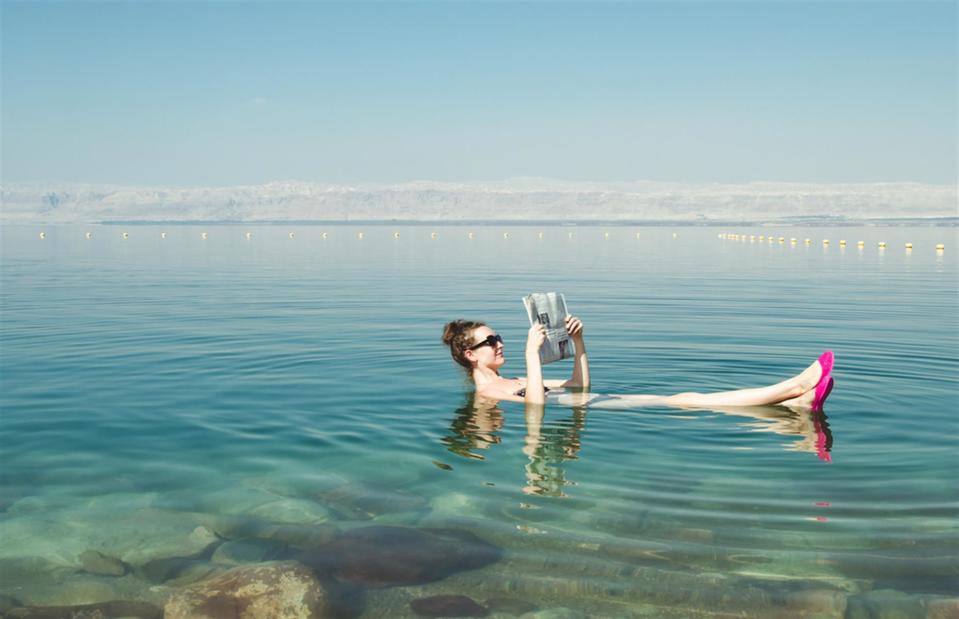
ra66/Shutterstock
The high concentration of salt in the Dead Sea, located between Jordan and Israel, means people can naturally float in it. Reading a copy of the newspaper while bobbing about is usually a popular afternoon activity. But the sea's waters are receding and causing sinkholes to appear.
Dead Sea, Jordan and Israel
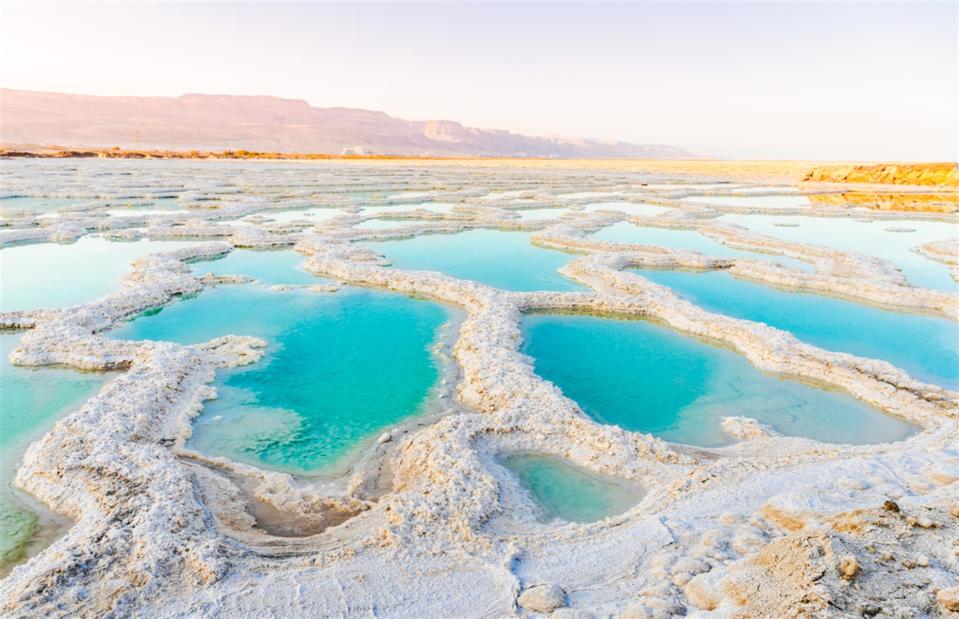
Olesya Baron/Shutterstock
The surface level is dropping by approximately three feet (1m) every year. Around 50 years ago the Dead Sea covered around 386 square miles (1,000sq km) but it has now shrunk to about 259 square miles (670sq km). As well as rising temperatures, a lot less water is flowing into the Dead Sea from the River Jordan due to irrigation. There are now moves to direct more water back into the Dead Sea in an attempt to restore its levels.
Lascaux, Montignac, France
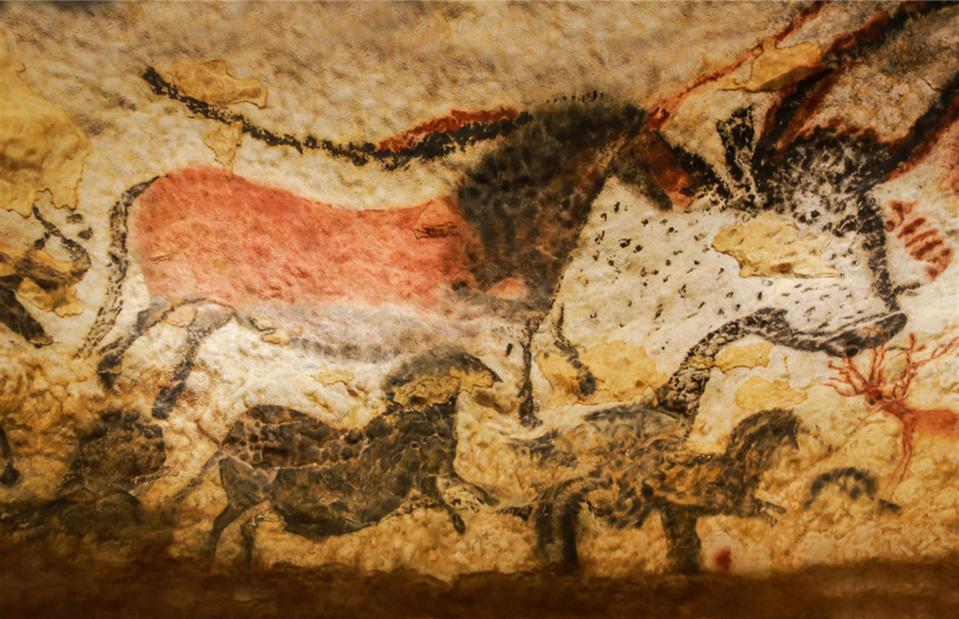
thipjang/Shutterstock
Hundreds of visitors to the prehistoric caves of Lascaux, in the Dordogne region of France, caused irreparable damage to the stunning display of around 600 cave paintings. The works were discovered by teenage boys in 1940 and the cave opened to the public in 1948. But years of humidity from body heat and people breathing out carbon dioxide meant that the incredible works were ruined.
Lascaux, Montignac, France
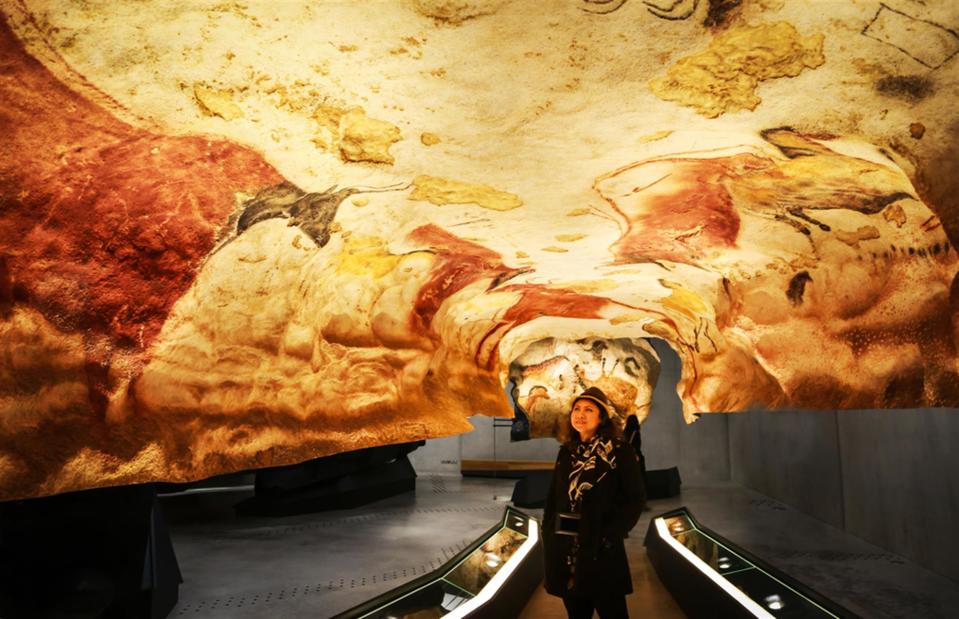
thipjang/Shutterstock
The cave is now closed to the public but tourists can see a complete, incredibly detailed replica at a visitor center near to the original site. You can gaze up at the animal paintings for as long as you like without fear they'll deteriorate. The caves themselves became UNESCO-listed in 1979.
Caves of Altamira, Cantabria, Spain
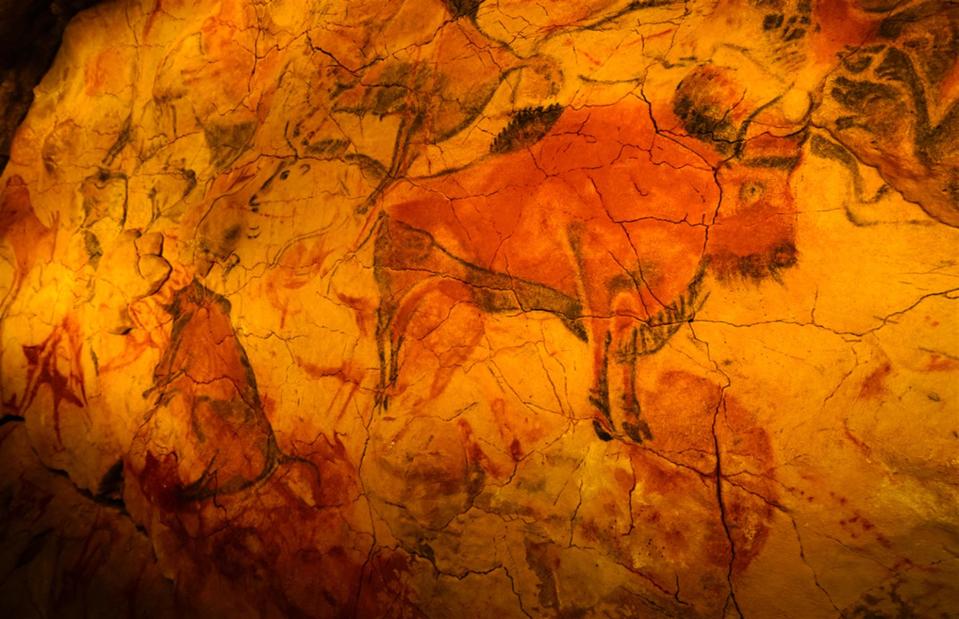
EQRoy/Shutterstock
The 14,000-year-old bison drawings in northern Spain’s Caves of Altamira are closed to crowds for similar reasons to the Lascaux Caves. Preservation is key.
Caves of Altamira, Cantabria, Spain
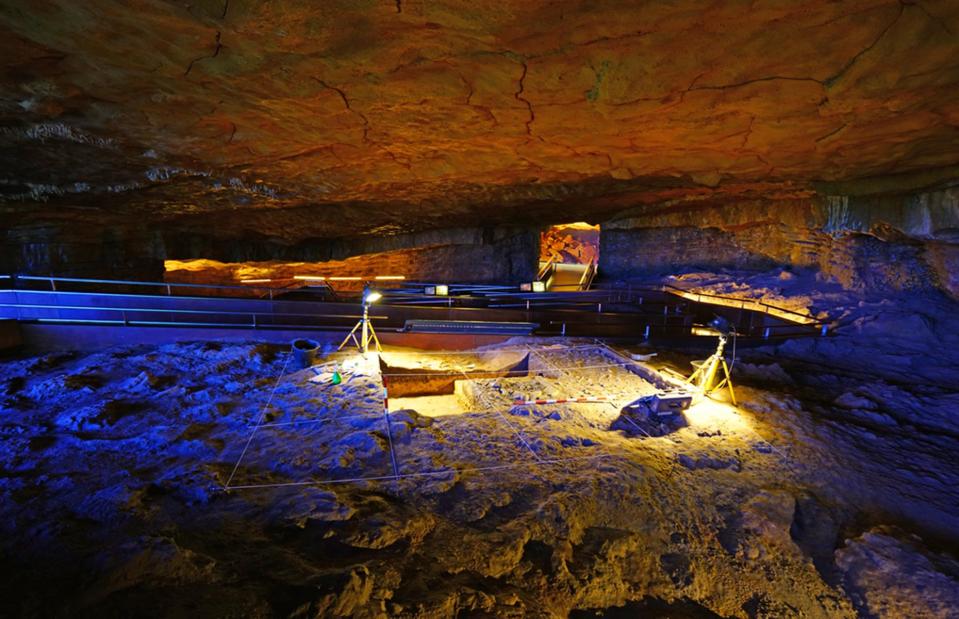
EQRoy/Shutterstock
For those people who miss out on the cave tour, there's a museum nearby that follows Lascaux's lead and showcases a very convincing replica of the cave and its paintings. It's not the real thing, but it's expertly done.
Pont des Arts, Paris, France
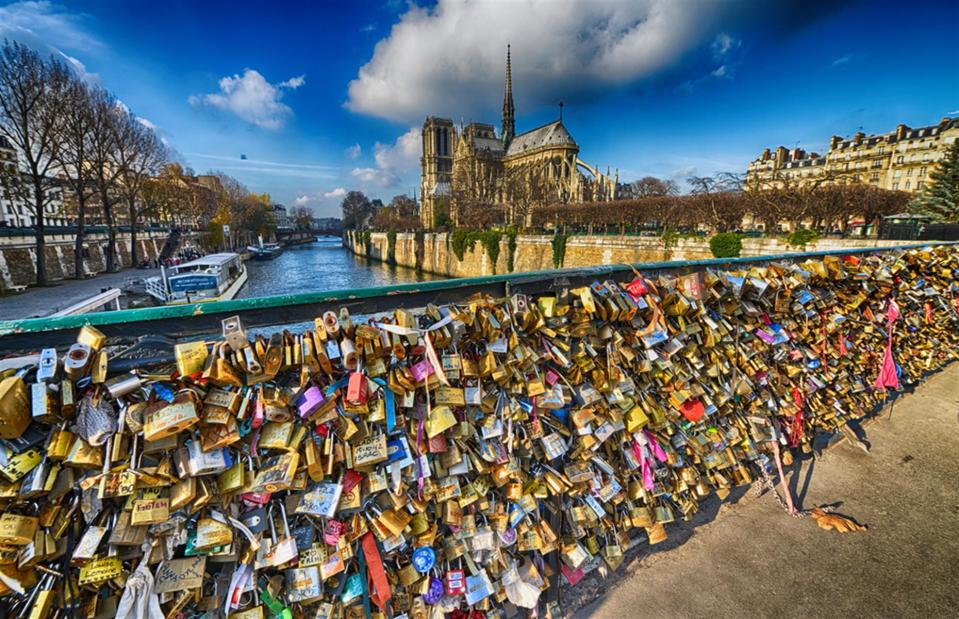
pisaphotography/Shutterstock
Hooking a 'love lock' with your initials on the Pont des Arts in Paris was the must-do thing for loved-up tourists. Millions of them were locked onto the bridge and it became so heavy that part of the railings collapsed.
Pont des Arts, Paris, France
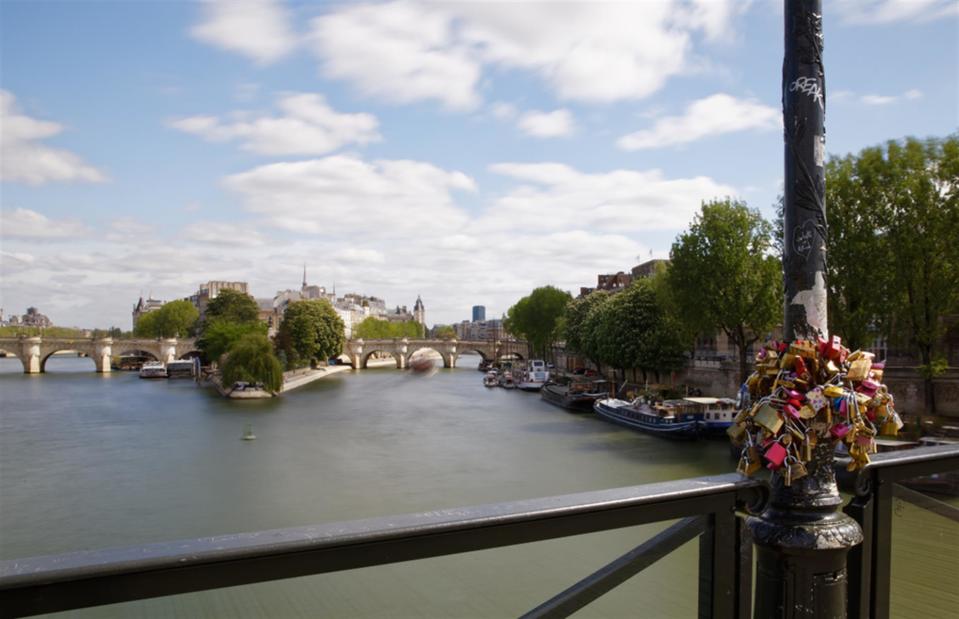
Jerome LABOUYRIE/Shutterstock
The grilles of the French capital's famous bridge were replaced and it's now illegal for romantics to attach locks to the bridge. However, it doesn't stop people from attaching locks to the nearby lampposts.
Crosby Beach, Merseyside, England
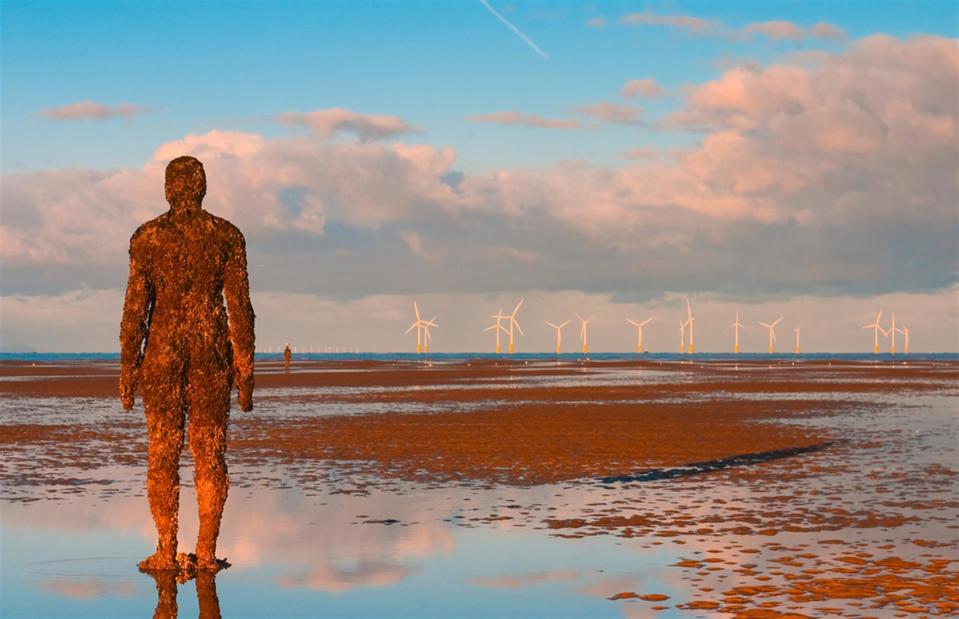
Capture Light/Shutterstock
Antony Gormley’s art installation called Another Place has been permanently installed at Crosby Beach, near Liverpool in northern England, since 2007. It's comprised of 100 statues, all modeled on the artist's own body.
Crosby Beach, Merseyside, England
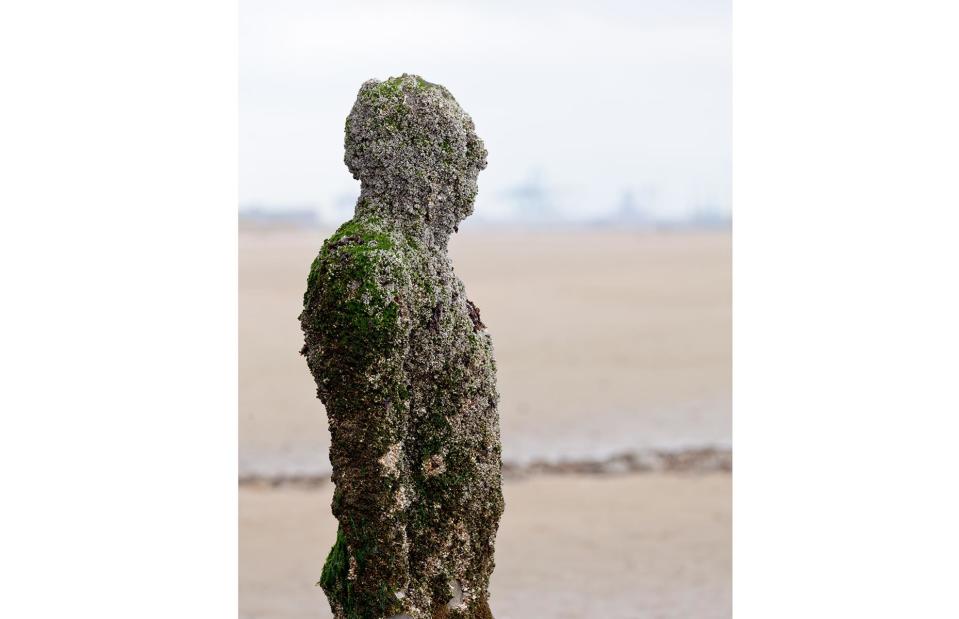
Steve Heap/Shutterstock
Some of the statues are placed far out at sea so can only be seen when the tide is out. It's these statues that bear the brunt of Mother Nature. Weathering, oxidation and the addition of whelks and barnacles looking for a new home are all deliberately part of the ever-changing display.
Great Barrier Reef, Australia
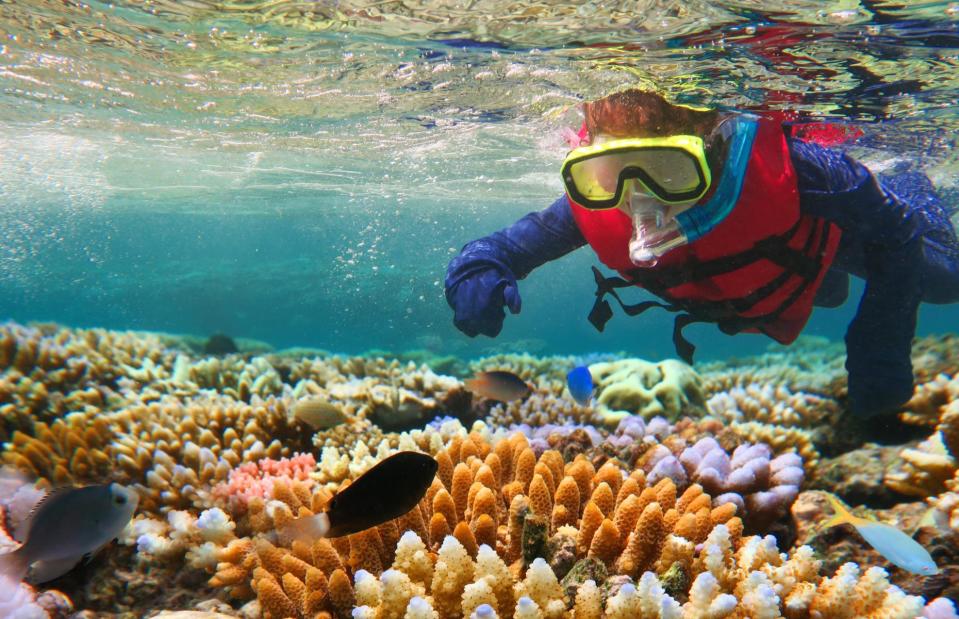
ChameleonsEye/Shutterstock
The world's largest reef system and biggest living structure, the Great Barrier Reef is one of Australia's most famous attractions. But what was once a colourful array of corals, thriving with fish and marine life of all kinds, is now a climate change tragedy.
Great Barrier Reef, Australia
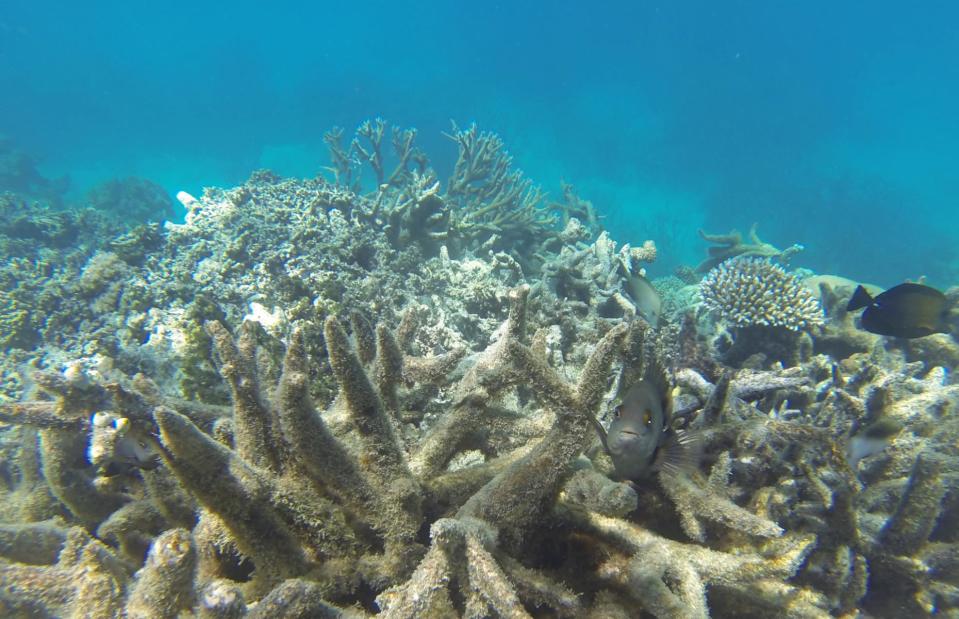
Darkydoors/Shutterstock
Coral bleaching – when water temperatures get too warm and kill the organisms that grow on coral – has had a huge impact on the reef's marine life but it's also affected tourism. Some areas just aren't appealing for divers. The problems facing the Great Barrier Reef are likely to get worse.
Salar de Uyuni, Bolivia
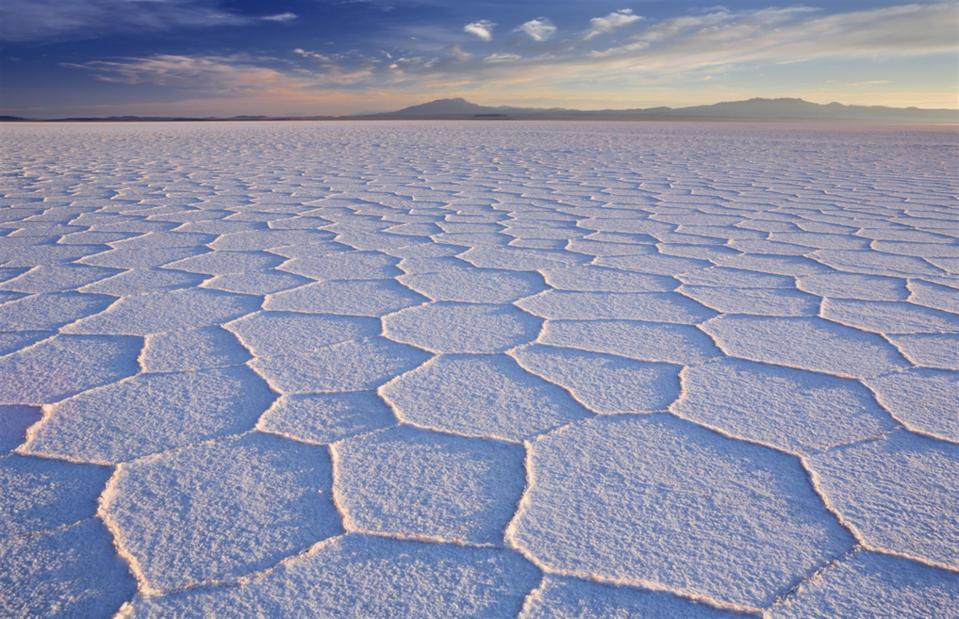
Sara Winter/Shutterstock
The salt flats in southwest Bolivia are the largest in the world – more than 4,600 square miles (12,000sq km) in fact. When the surface is dry, the expanse looks like a patchwork of brilliant white and when wet, the blue sky and clouds above are reflected perfectly. But the salt flats are also resting on half of the world’s lithium reserves.
Salar de Uyuni, Bolivia
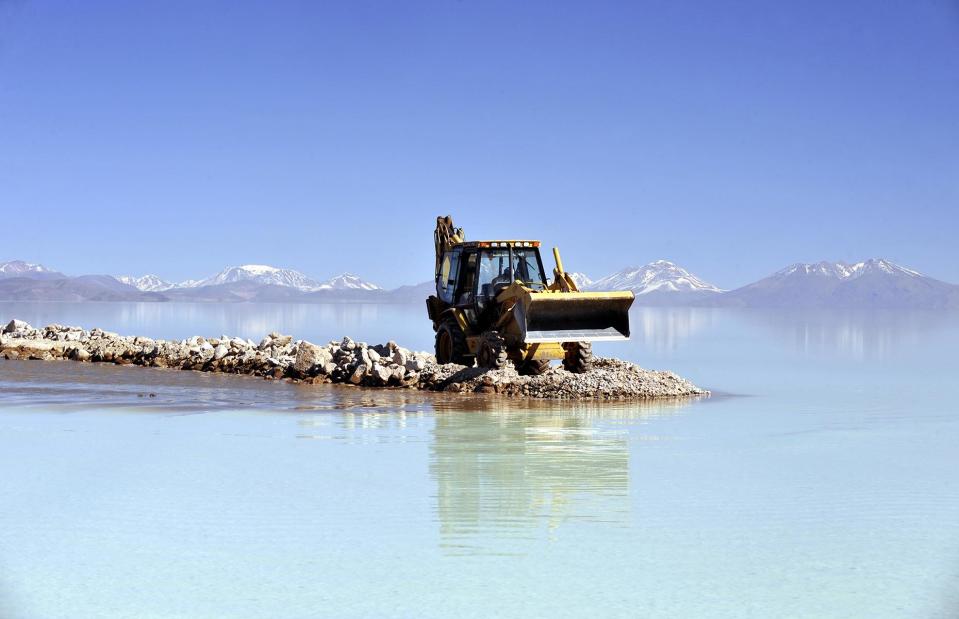
AIZAR RALDES/AFP/Getty Images
Demand for lithium is increasing – it's used in smartphone batteries, for example – and Bolivia is extracting it. Mines and heavy duty machinery are ruining the view and putting the picturesque salt flats at serious risk.
Perito Moreno, Santa Cruz, Argentina
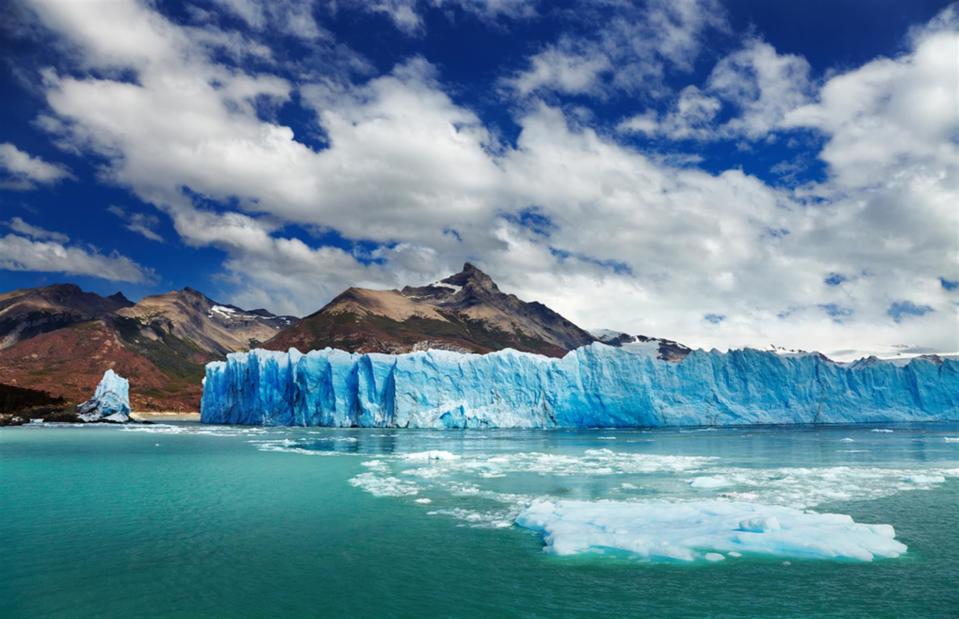
Dmitry Pichugin/Shutterstock
Located in Los Glaciares National Park, in the Santa Cruz province of Patagonia, Perito Moreno is a glacial giant measuring a staggering 18.6 miles (30km) in length. While many of the glaciers surrounding it are melting, Perito Moreno is actually growing.
Perito Moreno, Santa Cruz, Argentina
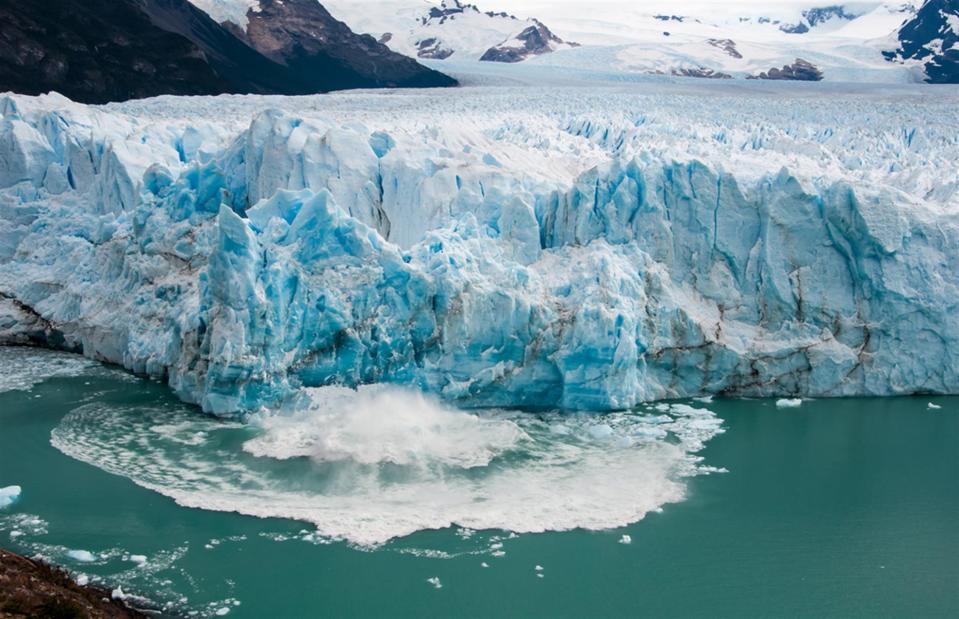
Mizzick/Shutterstock
It’s not yet understood by scientists why this is happening. Some suggest that it's due to the steepness of the ice, others think that the climate on the outskirts of the huge glacier might play a part. What is important is that although it does certainly look to be gaining ground, the overall amount of ice amassed is actually minimal and every six years or so the glacier's edge will collapse and put on one hell of a show.
Pyramids of Giza, Egypt
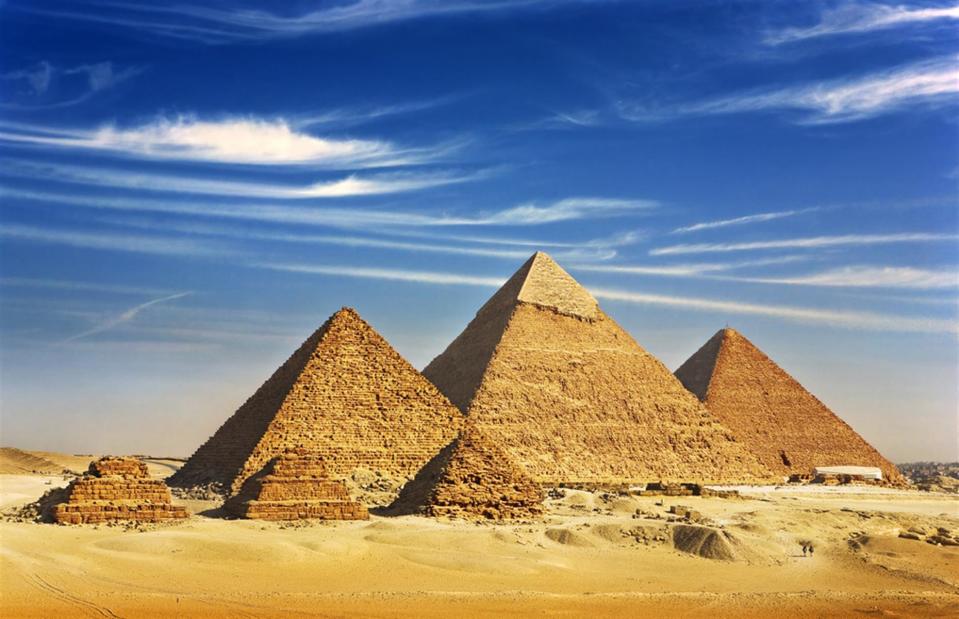
WitR/Shutterstock
Some weathering of these ancient structures is inevitable but the biggest danger to the Pyramids of Giza and Great Sphinx is actually pollution, which is causing the monuments to erode. Sewage is also causing severe damage to the plates that they’re standing on which could lead them to collapse entirely.
Pyramids of Giza, Egypt
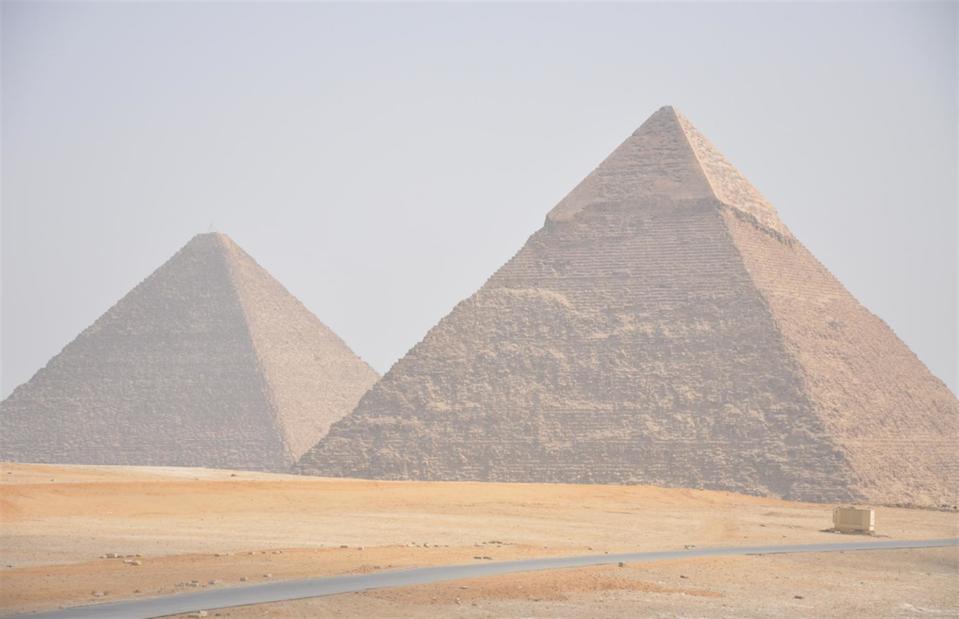
Ricardo Seigem Uema/Shutterstock
Not only is pollution from the nearby city of Cairo damaging the incredible monuments, it's causing decreased visibility for tourists. Those views aren't so Instagrammable when you add a smog filter.
Statue of Liberty, New York, USA
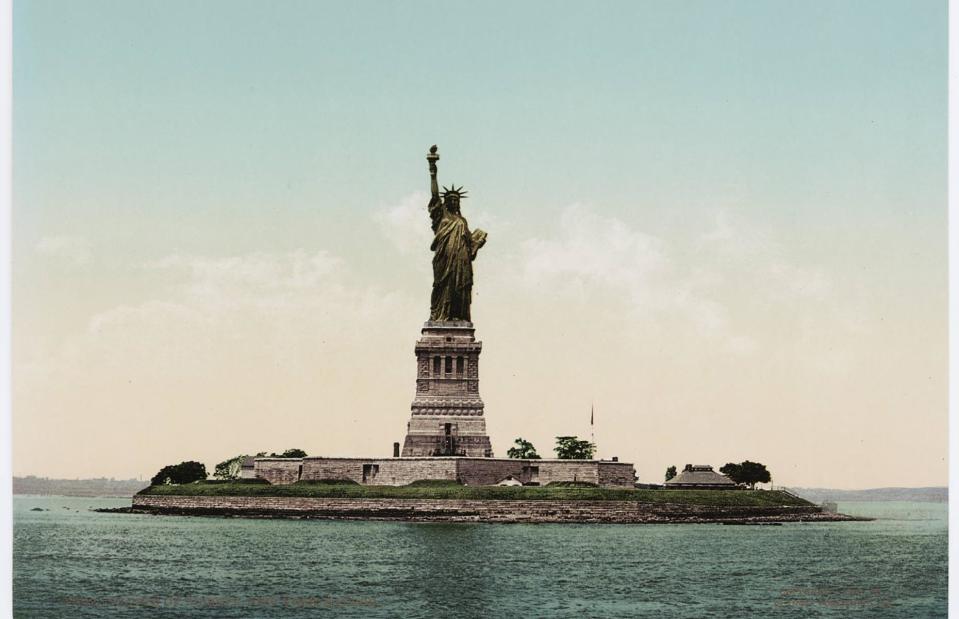
Wikimedia/Public Domain
When the Statue of Liberty was first erected in 1886, it was actually a muddy brown colour. You can see how it originally looked in this photograph from the early 20th century.
Statue of Liberty, New York, USA

spyarm/Shutterstock
But because Lady Liberty is made of copper, oxidation (the process of air and water reacting with the metal) has given the statue the trademark green hue we see today.
Now see these incredible pictures of tourist attractions that no longer exist


